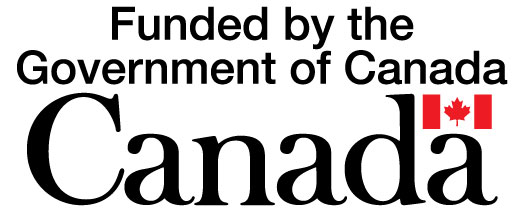Current Temperature
-12.8°C
Municipal abuse targeted through new photo radar regime
Posted on February 20, 2025 by adminBy Trevor Busch
Westwind Weekly News
editor@tabertimes.com
Arguing that Alberta municipalities have been utilizing photo radar as a “cash cow”, the provincial government recently moved to eliminate areas where it has been used to generate revenue with no traffic safety benefit.
According to the Province, many Albertans have expressed growing frustration with photo radar, questioning its focus on revenue rather than safety. In response to these concerns, Alberta’s government previously paused the introduction of new photo radar equipment and locations on Dec. 1, 2019.
Now, after analysis and consultation, effective April 1, ticketing on numbered provincial highways will end as photo radar will be restricted to school, playground and construction zones. Intersection safety devices in Alberta will also be restricted to red light enforcement only, ending the ‘speed-on-green’ ticketing function.
“First of all, we had the highest numbers of photo radar in the country in our province – it was too much,” said Taber-Warner MLA Grant Hunter. “Really, the whole thing about photo radar is about being able to stop people’s behaviours in speeding, and in areas they shouldn’t be speeding in – speeders just shouldn’t be speeding. So the minister has been very clear. He’s said you can still have photo radar in construction zones and playground zones and school zones. That is really where there needs to be some focus.”
Municipalities will also be able to request that the province approve additional photo radar locations on an exceptional basis, for high collision areas and where other safety measures cannot be implemented effectively. These types of exceptions will be subject to an audit every two years to assess the effectiveness of photo radar at the site in reducing collisions.
Hunter argues the disconnect between the timing of an offence and receiving the ticket in the mail is often detrimental to the actual deterrence of speeding.
“Other areas that they’re going to be putting it in, they have to be able to show the reason why,” said Hunter. “So they can present that they want to have photo radar in another area, but they have to be able to present to the minister the reason for that. I don’t speed, but I have other people that I’ve talked to and they come in and complain, ‘Look, I got a photo radar ticket, and I don’t remember the context of it. I don’t remember where I was or the situation.’ Why we’re seeing that is because you get it later on. So in terms of curbing bad behaviour, it wasn’t effective that way. I think it was very effective in some jurisdictions, using it as just another tax. And it should not be done that way. If you’re going to tax people, be upfront while you’re taxing them.”
The next step for government is to review every existing photo radar site in the province over the next four months. As part of that review, those that are deemed ineffective, or outside of a school, playground, or construction zone, will be removed. This is expected to reduce the current 2,200 approved sites by 70 per cent, which would also better align the amount of photo radar with other provinces. Currently, there are about 70 per cent more photo radar sites used in 24 Alberta municipalities than the next highest province.
The government engaged with municipalities in June and August 2024 about photo radar and specifically to discuss solutions to eliminate ‘fishing holes.’
Hunter was clear in his opinion that trying to solve municipal revenue generation problems through photo radar is unfair and raises serious ethical questions about the transparency of municipal taxation.
“I’ve got some municipalities in my riding that this is going be hard on their budgets. And I’ve said, ‘Look, I understand your point, but if you’re going to tax the people then come out and say we’re raising your mill rate.’ You have to come out and be transparent on that, not through these ways. I don’t think that that’s a fair approach, and I think that’s where the minister’s at. And again, I don’t speed, so I don’t have a problem with that. I think that people that do speed, they should get a ticket if they get caught. So slow down, be within the parameters you’re supposed to be driving, and you wouldn’t have problem with this. But there are some situations where there’ll be a transition zone, people don’t even know where it goes from one zone to another, and they were putting speed traps in there which was even worse. We got rid of that a while back, but there has been some abuses to the system.”
To address the changes, municipalities will be encouraged to use traffic-calming measures to improve traffic safety, including speed warning signs, speed tables (large flat speed bump), public education campaigns and other tools designed to improve traffic safety. The province will also help make roads safer by providing municipalities with “support to reengineer roads and intersections that have been proven to be unsafe.”
Alberta first introduced photo radar in 1987.
Leave a Reply
You must be logged in to post a comment.

